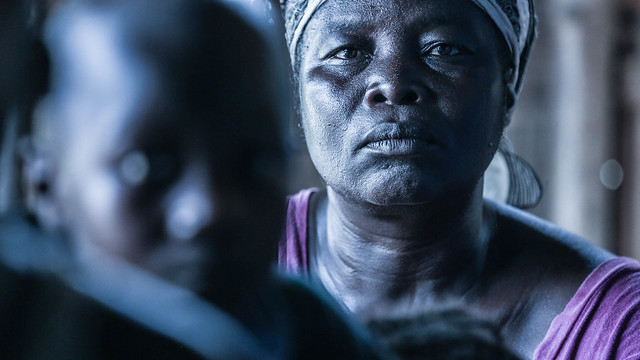
The 1979 Liberian Rice Riot: How a Price Hike Sparked Deadly Protests

|
| Unloading rice in Liberia |
Liberia’s 1979 Rice Riot — What Happened
In April 1979, President William Tolbert unexpectedly approved a price hike for a 100-pound bag of rice — from $22 to as high as $30. For most Liberians living on less than one U.S. dollar per day, the increase was devastating.
Agriculture Minister Florence Chenoweth argued the higher price would encourage farmers to grow more rice locally instead of depending on imports. But the decision sparked public anger and mobilized opposition leader Gabriel Baccus Matthews and the Progressive Alliance of Liberia (PAL).
PAL called for a peaceful protest march to the Executive Mansion in Monrovia on April 14, 1979. What began as a demonstration of a few thousand quickly grew to an estimated 15,000 people.
Ill-prepared security forces opened fire when the protest escalated. Within 12 hours, nearly 50 protesters were killed and more than 500 were injured — one of Liberia’s bloodiest urban uprisings.

|
| April 14, 1979 — Liberia’s deadly rice riots |
Aftermath and Political Fallout
The outcry forced President Tolbert to reverse the price increase, promising to keep rice below $22 per 100 pounds. Agriculture Minister Chenoweth publicly admitted her mistake and was removed from office. However, the unrest weakened Tolbert’s presidency, fueling public frustration that would later contribute to his overthrow in the 1980 coup.
Rice Remains Liberia’s Staple
Despite abundant rainfall and fertile lowlands, Liberia continues to import large quantities of rice. Annual demand is around 465,000 metric tons, while local production averages only 296,000 tons. Civil war, poor infrastructure, and disruptions such as the Ebola crisis have slowed progress toward self-sufficiency.
Liberia's Rice Story
Rice is more than food in Liberia — it is a deeply political crop that shapes power, economy, and daily life.
In 1979, dozens of protesters were killed and hundreds injured during Liberia's rice riots after a sudden rise in rice prices sparked anger and unrest.
→ Explore More African Stories
Discover more stories in these major hubs












